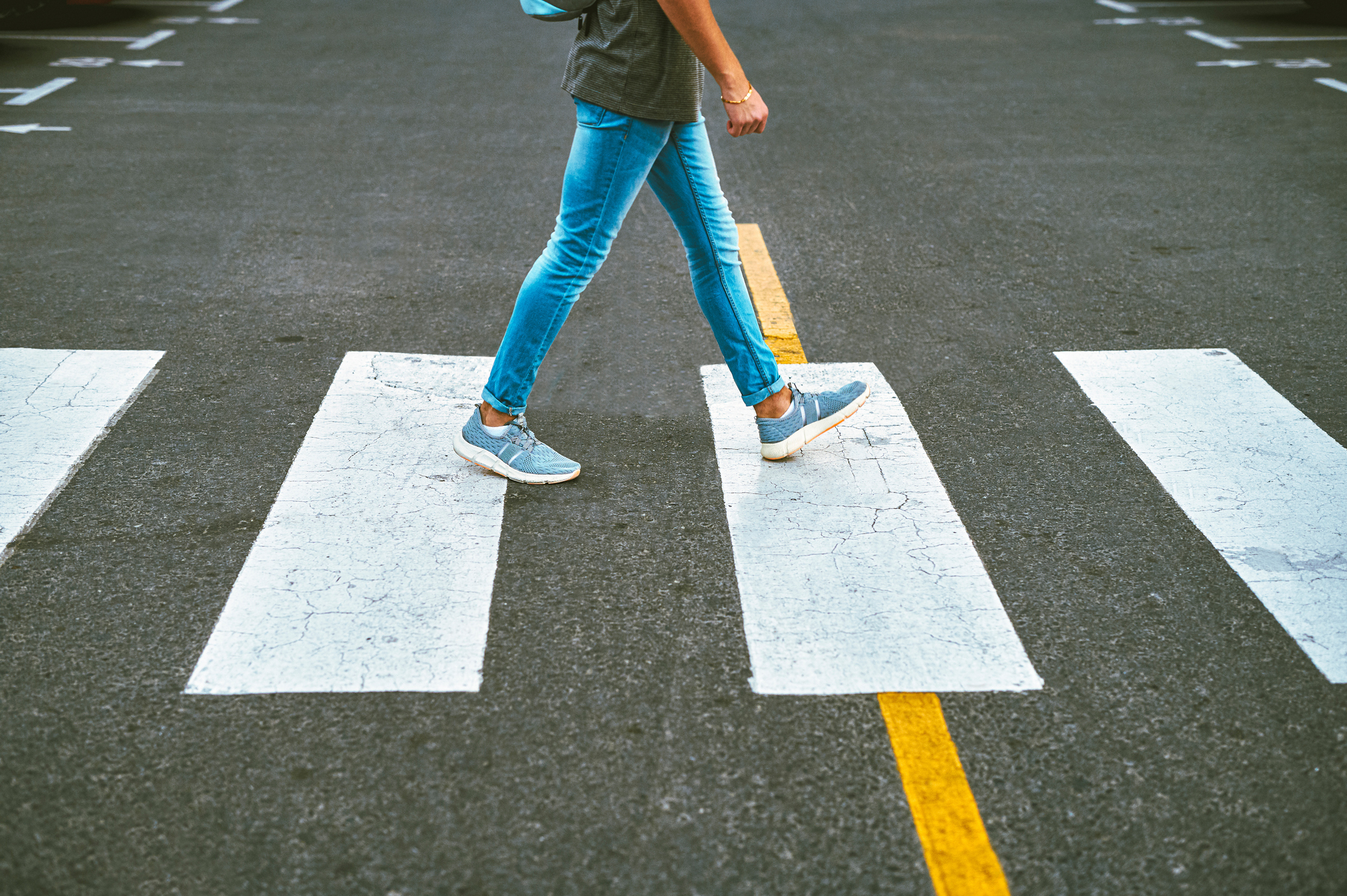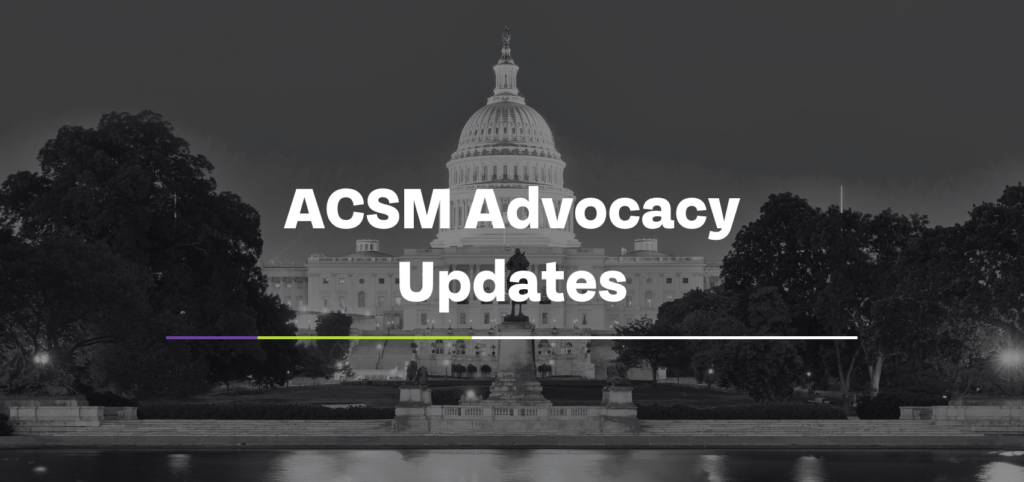Policy has the power to encourage physical activity across all levels. This could be as simple as improving access to physical activity opportunities, promoting physical activity campaigns, establishing regulations, or providing funding for programs. Policy may take place as formal legislative action or informal guidance. For example, the Physical Activity Alliance is a national coalition that provides evidence-based recommendations to promote physical activity across various sectors. Here, we highlight three areas for policy application: public spaces, transportation and school-based physical education.
Public Spaces
Temporary street closures, such as Play Streets and Open Streets, provide safe and free opportunities for physical activity. During Open Streets programs, roads are closed to motorized traffic, while remaining open for walking, biking, and other recreational physical activity. As of 2016, 135 cities in the United States (US) have adopted an Open Streets policy and offered events at least once per year. CicLAvia, the largest Open Streets event in the US, has attracted over 1.8 million people and created over 340 miles of open streets for recreation. Play Streets, temporary street closures to engage children and families in active play, have also gained popularity in communities that lack safe and/or maintained parks and playgrounds. One study found children were active during Play Streets events in rural communities, accumulating a similar step count as they would during school-based recess.
Joint use policies, formal agreements typically between schools and communities, make recreational facilities (gymnasiums, playgrounds, tracks, fields, etc.) available for use when school is not in session. A study conducted in under-resourced communities found residential use of school facilities was 16 times greater at joint use sites compared to sites without agreements in place. The American Heart Association provides recommendations to help develop joint use policy regarding community use of school recreational facilities after hours.
Transportation
Active transportation, such as walking or cycling, is an effective strategy to accumulate daily physical activity. One example of transportation policy is the Complete Streets approach to roadway design and planning. Complete Streets policies promote safe and accessible travel for all roadway users, including pedestrians and cyclists. Some features of Complete Streets policies include bike lanes, sidewalks, crosswalks, pedestrian signals, and curb extensions. Currently, over 1,700 Complete Streets policies have been adopted in 35 states, Puerto Rico, and the District of Columbia. Another example of transportation policy is Safe Routes to School. Established by the U.S. Congress in 2005, the Safe Routes to School program provides federal funding for projects to promote safe walking and biking routes to school for children. A study conducted by Chriqui and colleagues found state laws related to Safe Routes to School reduced barriers to, as well as facilitated, active transport to school. Another multistate evaluation study found implementation of Safe Routes to School policies increased walking from 9.8% to 14.2% and biking from 2.5% to 3.0%. Based on this evidence, communities are encouraged to develop comprehensive transportation policies in order to promote active lifestyles.
School-based Physical Education
Most children in the United States are not getting the physical activity they need for healthy growth and development. According to the 2024 U.S. Report Card on Physical Activity for Children and Youth, fewer than 30% of children ages 6 to 17 years meet the national physical activity guidelines. Even more concerning, participation in physical activity tends to decline with age. Additionally, the report card gave the U.S. a D- grade for both overall physical activity and physical education. These grades have not changed over the past few years and provide a clear indication of significant gaps in promoting and supporting healthy habits for youth.
Creating lasting change requires more than just telling kids to move more—it involves supportive policies and environments that make activity easier, safer, and more accessible. Policies that promote physical activity can be formal or informal and are developed by schools, governments, or communities to guide action. These policies help set priorities, direct resources, and shape programs that support active lifestyles. In schools, effective strategies include increasing the quantity and quality of physical education, improving teacher training, promoting active transport (like walking or biking to school), and expanding access to extracurricular activities. Schools are especially important because they reach nearly all children and can provide consistent, structured opportunities for activity.
Multi-component interventions—those that combine curriculum changes, environment modifications, and supportive programming—have shown the most promise in school and childcare settings. However, there are still challenges. Many current efforts focus only on individual behavior, and there is a need for more research on how to engage families, neighborhoods, and communities. We also need a better understanding of the cost-effectiveness of these approaches so that they can be scaled and sustained. By strengthening policies and programs across all settings, especially in schools, we can help ensure all children—regardless of ability or background—have the opportunity to move, play, and grow up healthy.
Summary
Policy plays a powerful role in promoting physical activity across communities, schools, and transportation systems. It can take the form of formal legislation or informal guidance to improve access, funding, and support for active lifestyles. Community-based efforts can create safe, free spaces for walking, biking, and play—particularly in neighborhoods lacking parks or recreational areas. Joint use policies between schools and communities increase public access to recreational facilities after school hours. In transportation, policies can improve infrastructure and safety, making it easier for children and families to walk or bike. Finally, supporting stronger school-based policies can support physical education and access for all children and youth to learn how to be active. Nonetheless, it is important to promote and support multi-component interventions—combining curriculum improvements, environmental supports, and community engagement to ensure every child has the opportunity to live an active, healthy life.



